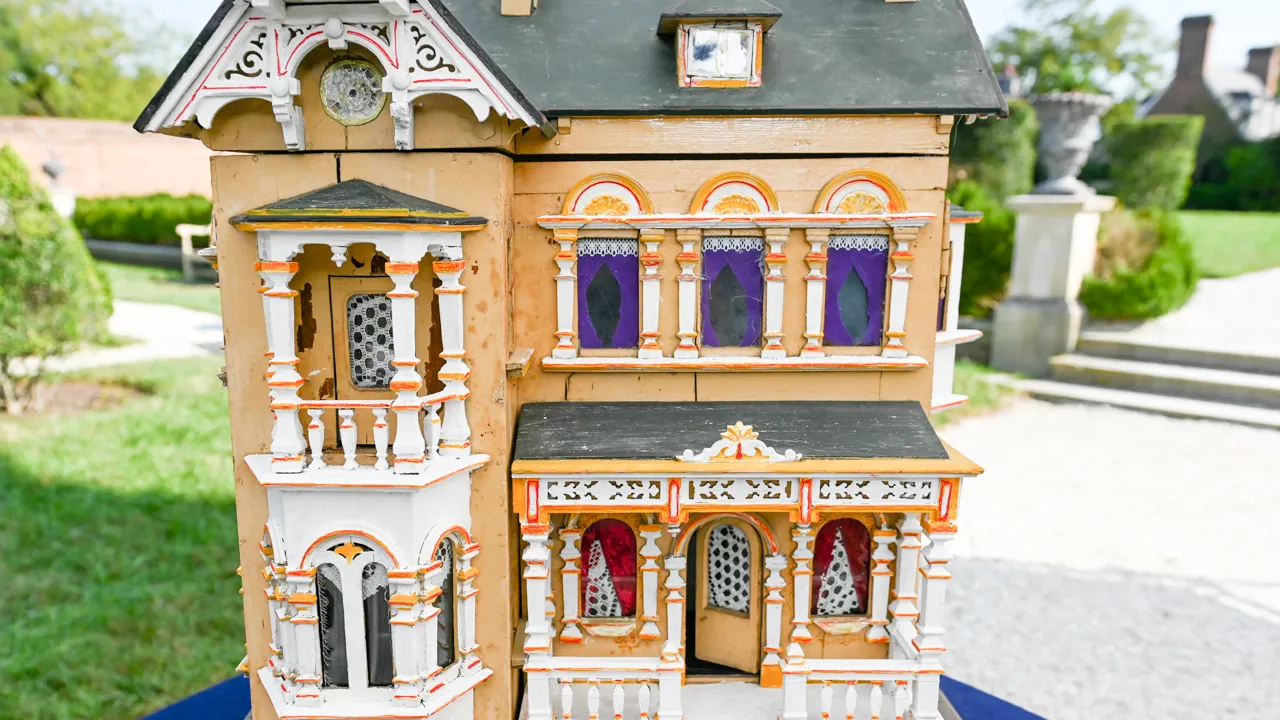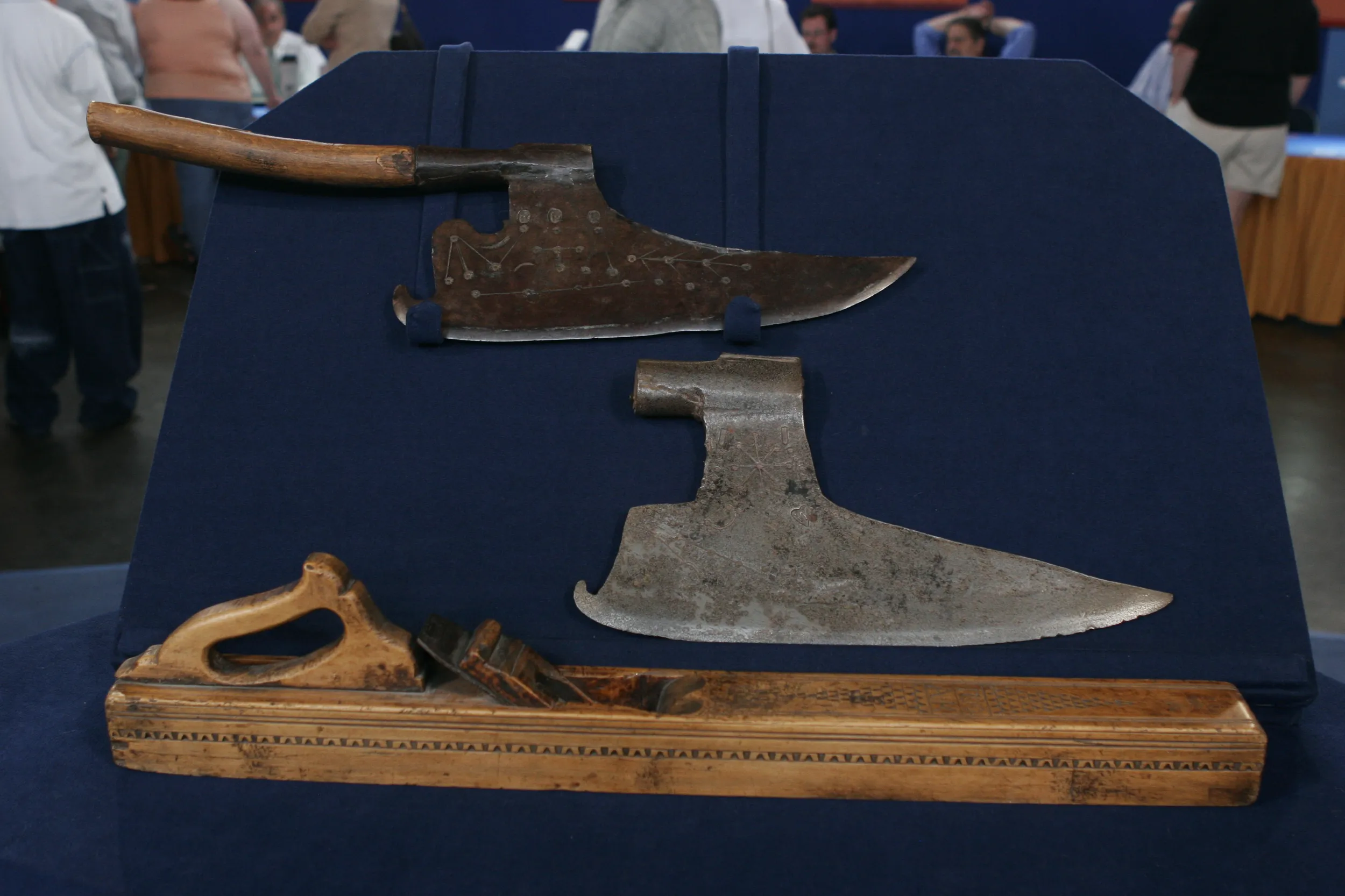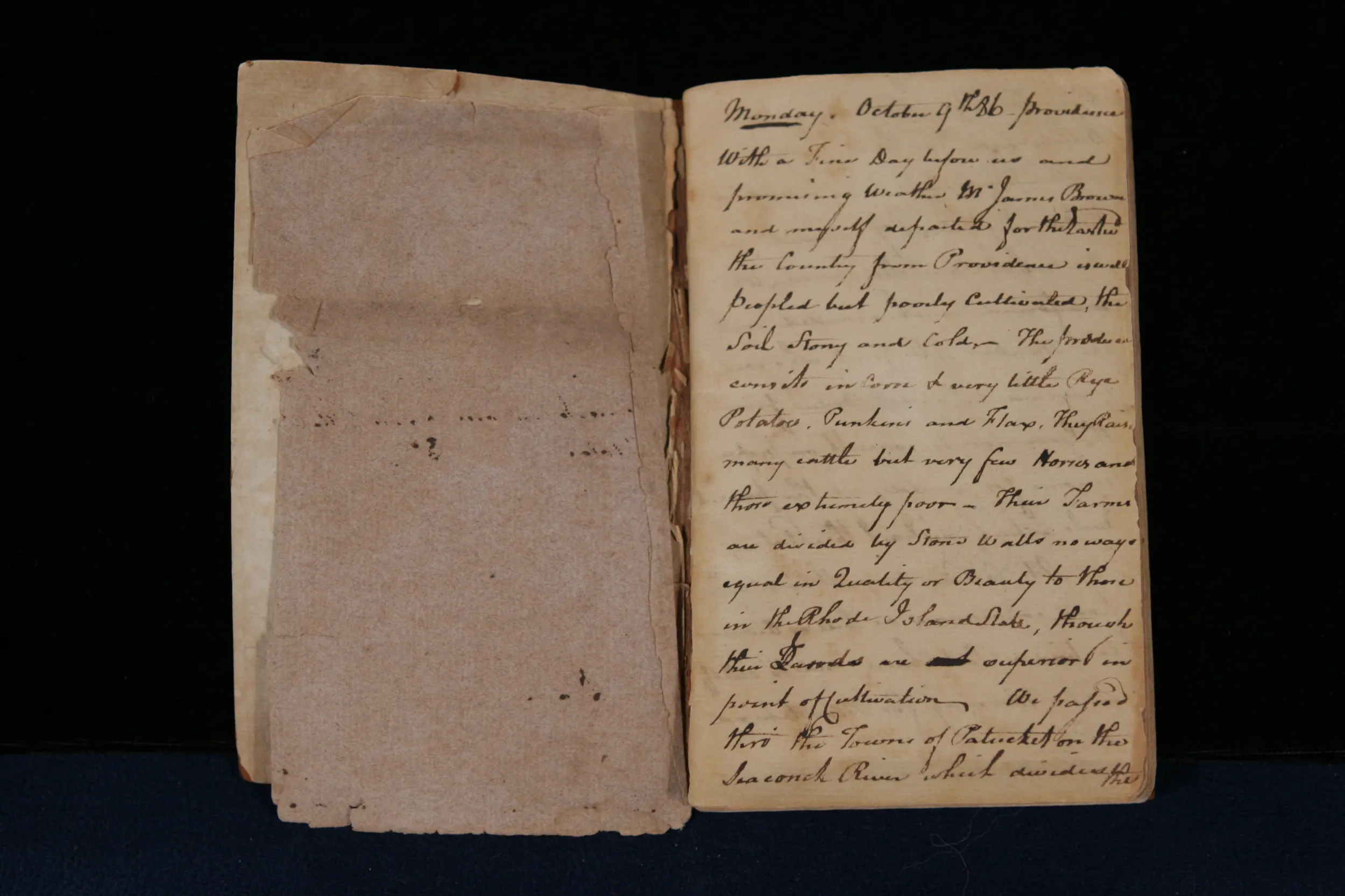GUEST: I brought this small chest that I was able to find at a garage sale about six months ago, of this 70-year-old gentleman who was clearing out his 99-year-old mother's house. And I asked him what he wanted and he said $30. And I said, "Fine," so I paid $30.
APPRAISER: What a find! I mean, do you know anything about it, or...
GUEST: Well, I asked him about it, and he said he could remember it being in his great-grandmother's house, and he told me his family was originally from Truro, from Cape Cod in Massachusetts. And, uh, because of that, I was able to do some research on it. I found the-- on one of the drawers is the whole history. And so I was able to track back to the original owner, who was a lady named Ruth Dyer from Truro, who was born in 1767.
APPRAISER: Oh, my gosh! Well, what you brought in today is a Queen Anne child's desk. And this was made in Massachusetts, and the date of 1767 for Ruth's birthday is pretty close to what I would date this. If we open up the lid here, we can see this wonderful interior with pigeonholes. It's a divided interior, and if you think about a full-size desk, this is where people would have put their correspondence, their letters. Oftentimes, you'd find drawers down below, little short drawers. There's indication that this may have had drawers. Someone has gone and painted this piece at a later date. So this would not have been painted blue, and this date here of, of 1760 is a good approximation of when this would have been made. And it's just a wonderful small, tiny little jewel box of a piece of early American furniture. If I look at the woods back here, looks like it's made of Eastern white pine, which is a wood that you would typically find in New England. It was a native wood to America. And the fact that it's not made of a mahogany or walnut might lend credence to the story that it was made in and around Truro, because if you think about the Cape, that was not an urban center, like Boston would be. So it's, it's a really interesting piece of furniture. I'm gonna shut the lid for a second. And you had mentioned there was a history?
GUEST: There's a history written on the drawer...
APPRAISER: Oh, let's...
GUEST: ...which helped me do some research.
APPRAISER: Let's take a, take a look at it. It would've been a great piece of child's furniture, probably from a pretty wealthy family at that point.
GUEST: And there was a little piece of paper inside the drawer that had the date 1760 and said, "This is an antique," and then it was crossed out and put 1770, which fits better with her being born in 1767.
APPRAISER: We can see that the brasses have been replaced. The, the drawer fronts have been tommy-gunned, if you look. (laughs) There's lots of holes here. So that's a good indication that the brasses have been replaced. And then the other obvious indication is, if I put the drawer back, you'll notice you've got four different sets of hardware on this piece. We start from the top, you've got this sort of Queen Anne incised and engraved escutcheon plate. Here we have what we call batwing escutcheons. Here's sort of a Chippendale solid brass, and here you have an openwork brass. It's had lots of history, uh, of different hardware, but that's not uncommon. We know the paint's a little later, the hardware's been replaced. But for $30, I'd say you did pretty, pretty well. And collectors love small furniture. If it were to come to auction, I'd probably estimate it in the $3,000 to $5,000 range.
GUEST: (laughing): Really?
APPRAISER: Yeah.
GUEST: That's better than my IBM stock. (laughing): That's for sure. (laughs)
APPRAISER: It's just the quintessential Massachusetts Queen Anne desk, and I absolutely love it.











